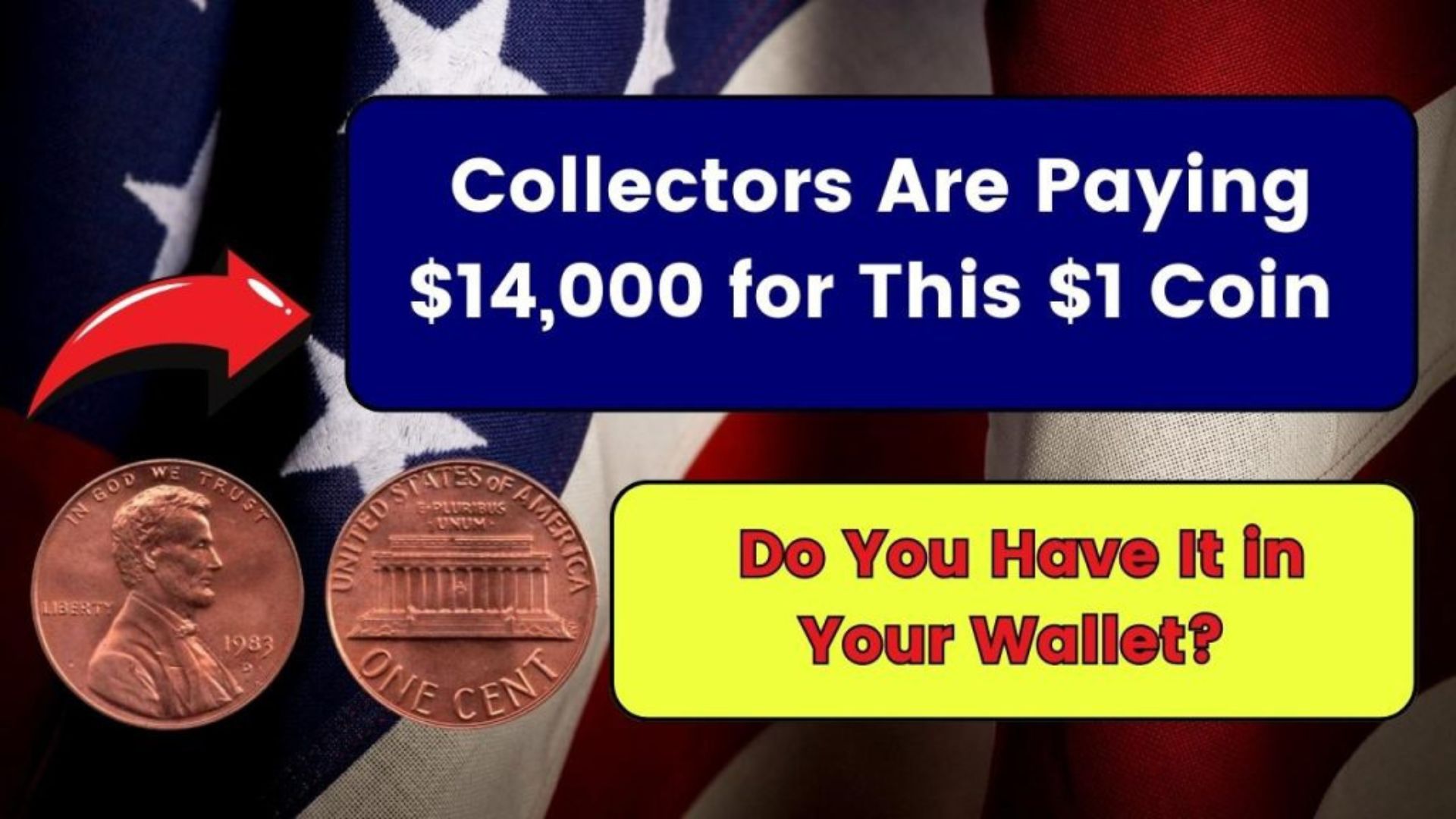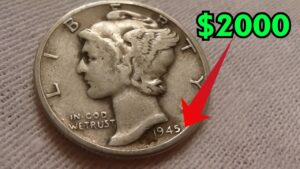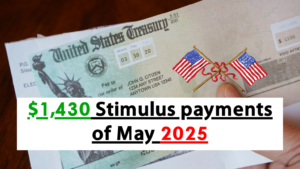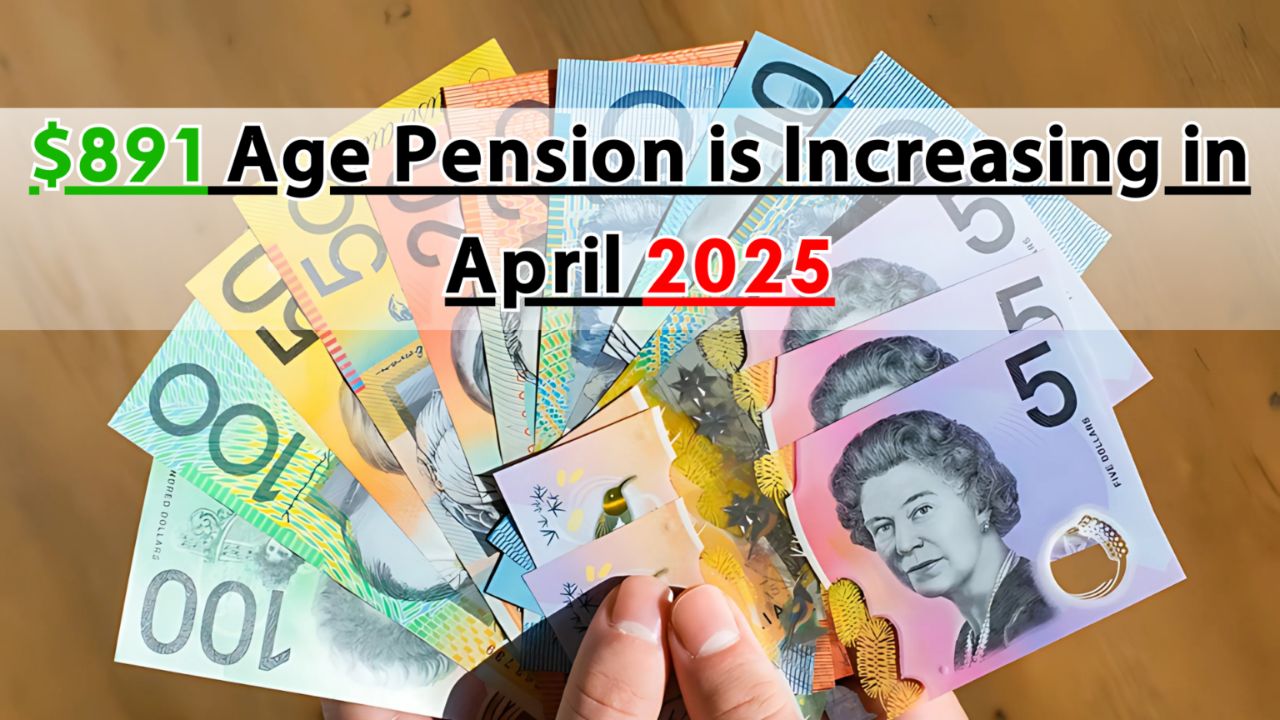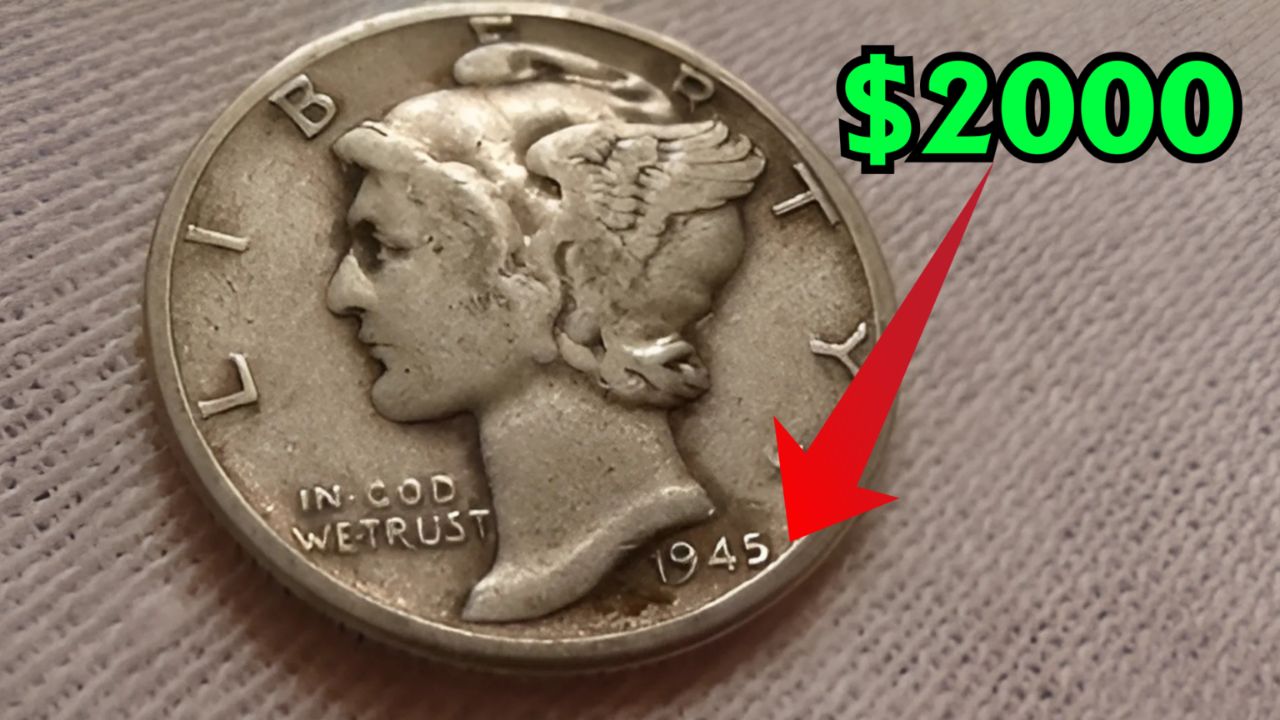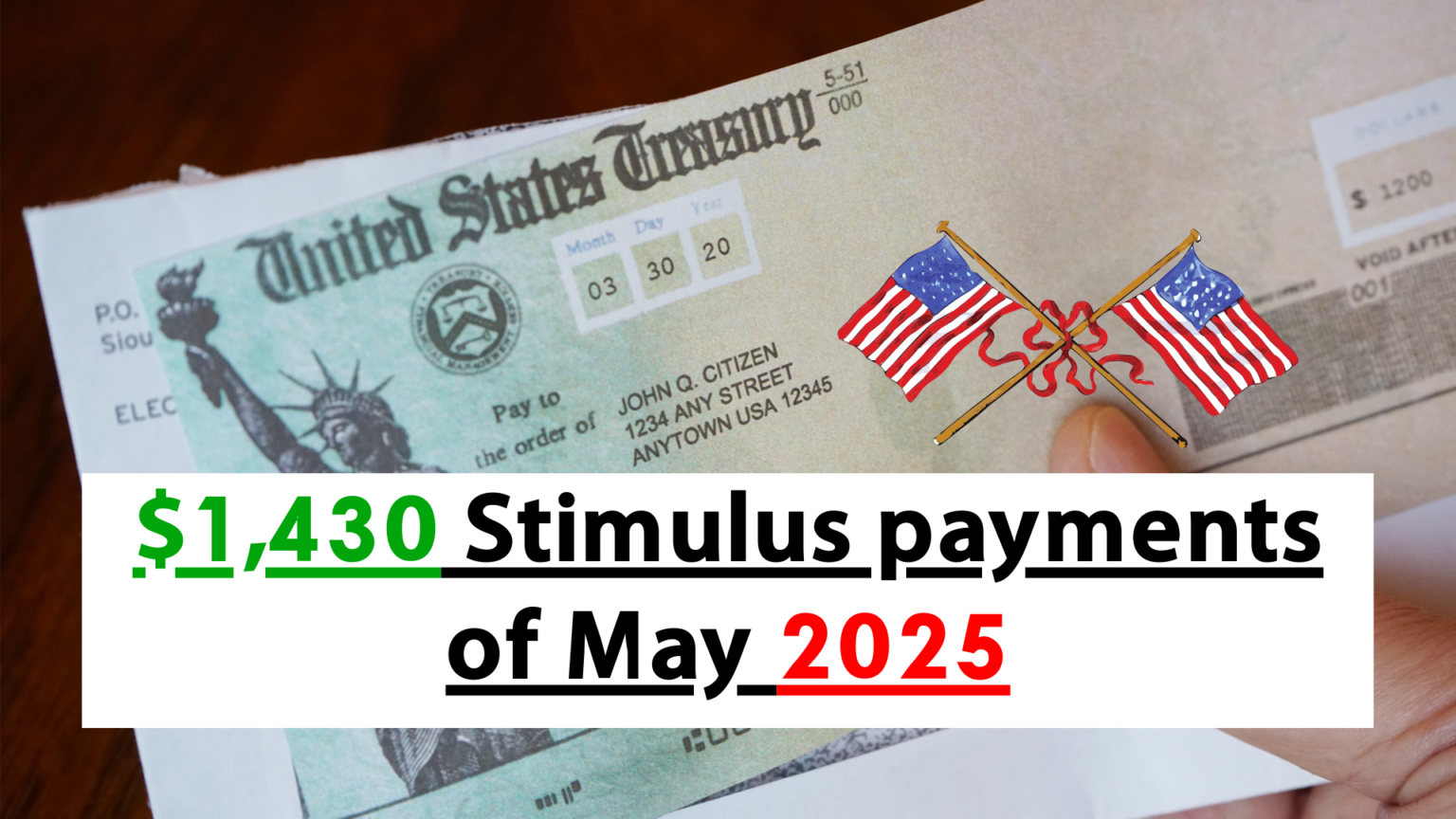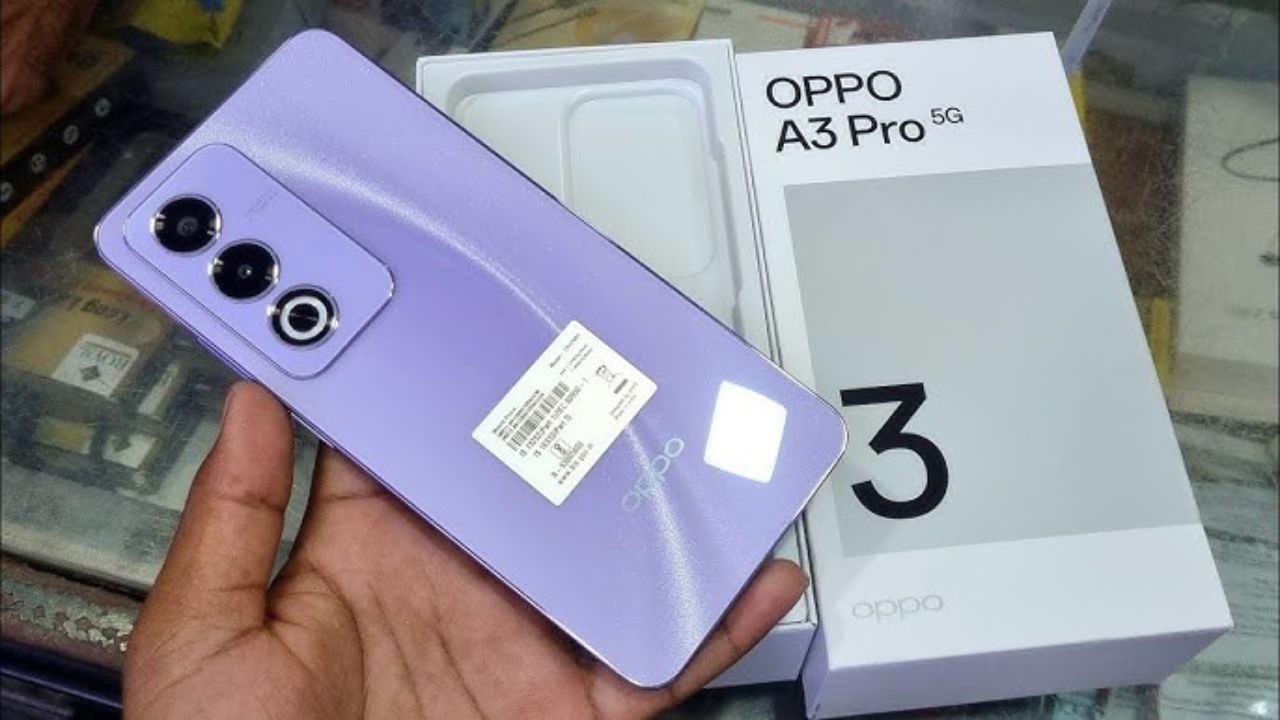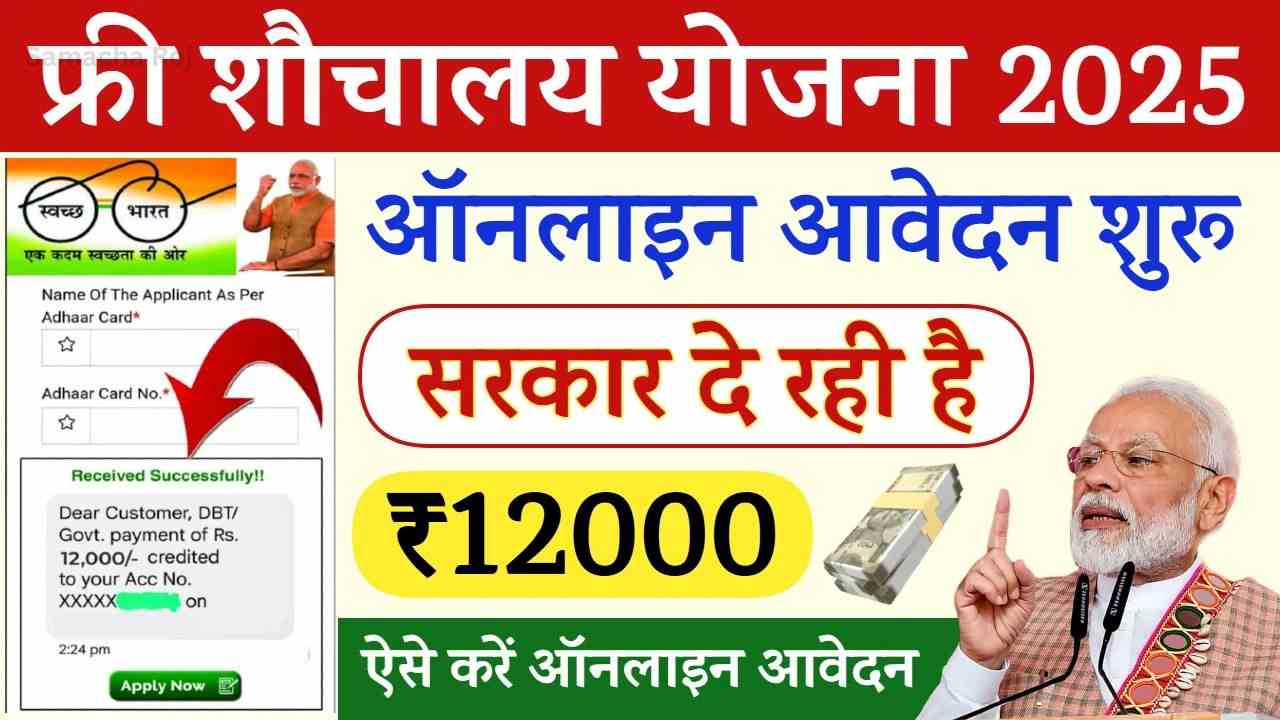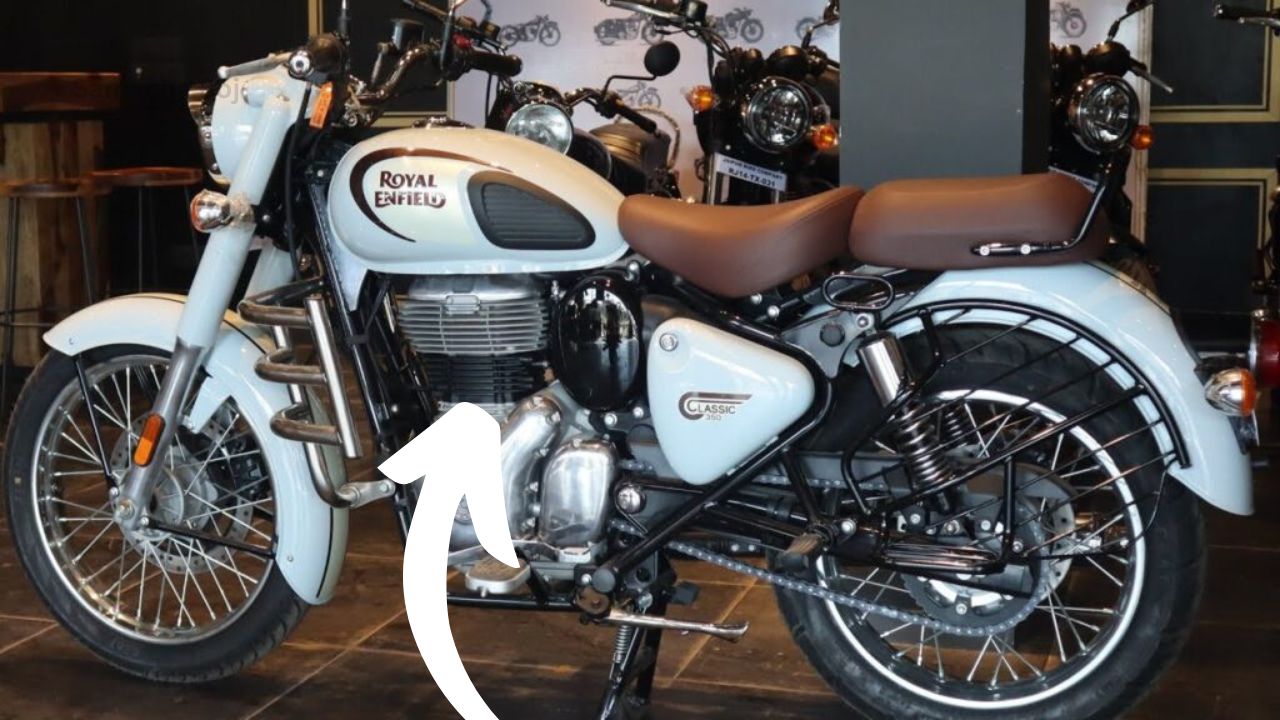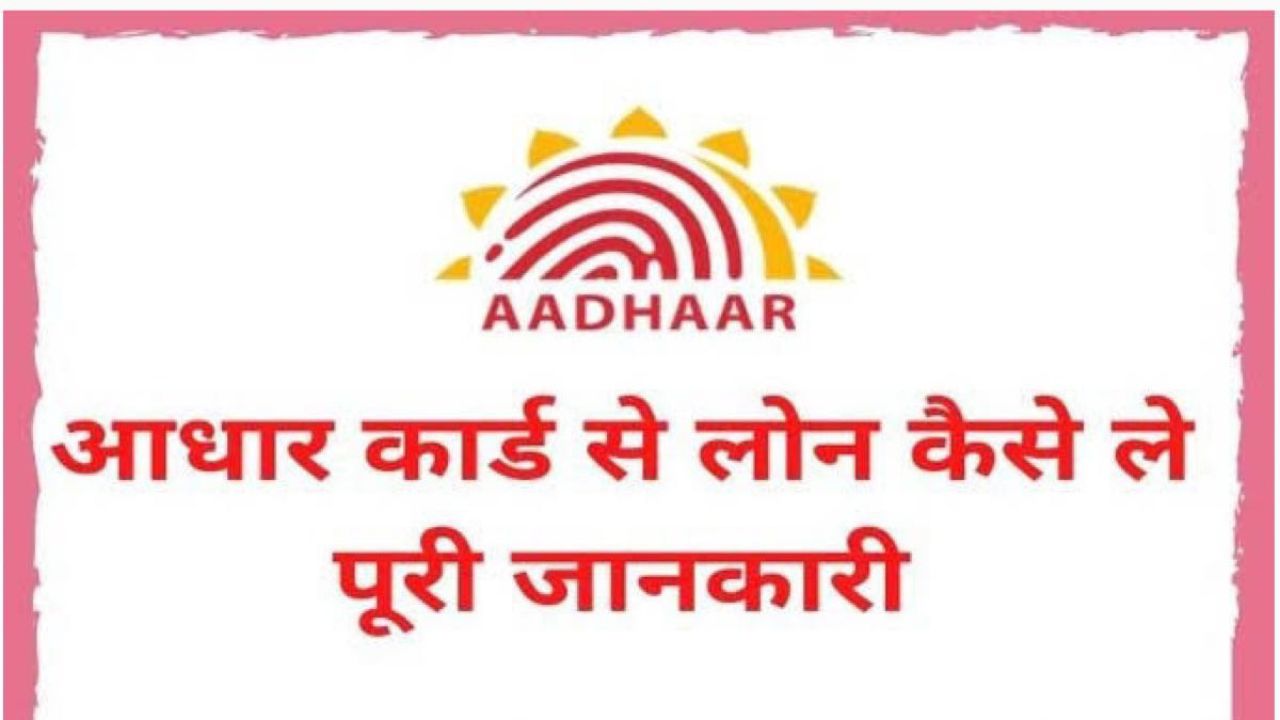Have you ever rummaged through your wallet or that dusty jar of loose change, hoping to stumble across a hidden treasure? Most of us don’t think twice about the coins jingling in our pockets. But what if I told you that a single $1 coin—something you might’ve used to buy a soda—could be worth a jaw-dropping $14,000? Yep, you heard that right. Coin collectors are losing their minds over a rare $1 coin, and it’s got people everywhere checking their spare change. Could you be sitting on a small fortune without even knowing it? Let’s dive into this numismatic goldmine and find out!
What Makes This $1 Coin So Special?
Not all dollar coins are created equal. The one driving collectors wild is the 2000-P Sacagawea Dollar with a rare error known as the “Cheerios Dollar.” Back in 2000, the U.S. Mint partnered with General Mills to promote the new Sacagawea coin by including it in select Cheerios boxes. Sounds like a fun marketing gimmick, right? But here’s where it gets juicy: some of these coins were struck with a unique prototype reverse design that never made it into full circulation. That little quirk turned an ordinary $1 coin into a collector’s holy grail.
The Error That Changed Everything
So, what’s the big deal with this prototype reverse? Unlike the standard Sacagawea dollar, which features an eagle in flight, the Cheerios version has bolder tail feathers and a slightly different design. It’s subtle—most people wouldn’t notice without a magnifying glass—but to collectors, it’s like finding a Picasso in a thrift store. Only about 5,500 of these coins were ever distributed in Cheerios boxes, making them incredibly scarce. Rarity, paired with a cool backstory, is why this coin commands such a high price.
How Much Is It Really Worth?
Let’s talk numbers. In pristine condition—graded MS68 or higher by professional grading services like PCGS or NGC—the Cheerios Dollar has fetched $14,000 or more at auction. Even in lower grades, like MS65, it can still pull in $5,000 to $7,000. Compare that to its face value of $1, and it’s clear why collectors are obsessed. In 2023, a top-tier example sold for $14,100 at Heritage Auctions, cementing its status as a must-have for serious numismatists.
But don’t get too excited just yet—not every Sacagawea dollar is a jackpot. The key is finding one from that Cheerios promotion with the prototype reverse. Without it, you’ve just got a regular $1 coin worth, well, $1.
A Real-Life Treasure Hunt
Take John from Ohio, for example. In 2021, he was sorting through his late grandfather’s coin collection when he spotted a 2000-P Sacagawea dollar. On a whim, he compared it to online images of the Cheerios Dollar. The tail feathers matched. After getting it graded, he sold it for $8,500—enough to pay off his car loan. Stories like John’s aren’t common, but they prove this treasure could be hiding in plain sight.
How to Spot the $14,000 Coin
Ready to play detective? Here’s what to look for:
Step 1: Check the Date and Mint Mark
Flip your Sacagawea dollar over. If it’s dated 2000-P (the “P” stands for Philadelphia Mint), you’re off to a good start. The Cheerios Dollars were exclusively minted in 2000 at Philadelphia, so anything else is a pass.
Step 2: Examine the Eagle’s Tail Feathers
Now, focus on the reverse side with the eagle. The Cheerios version has 12 sharply defined tail feathers, compared to the standard design’s softer, less distinct feathers. Grab a magnifying glass or use your phone’s zoom feature—this detail is tiny but critical.
Step 3: Look for Provenance
Did your coin come from a Cheerios box? Unless you’ve got the original packaging (unlikely after 25 years), this part’s tough to prove. Still, the tail feather design is the clincher, even without the cereal box.
Step 4: Get It Graded
If you think you’ve got a match, don’t cash it in just yet. Professional grading servicesauthenticate and assign a condition score, which heavily impacts value. An ungraded coin might fetch a fraction of what a certified MS68 pulls in.
Why Collectors Are Willing to Pay Big Bucks
Coin collecting isn’t just about shiny metal—it’s about history, rarity, and the thrill of the chase. The Cheerios Dollar ticks all those boxes. “It’s a perfect storm of scarcity and nostalgia,” says numismatic expert Laura Sperber. “You’ve got a limited release tied to a beloved American brand, plus a minting error that makes it one-of-a-kind.” Add in the fact that most of these coins were spent or lost decades ago, and you’ve got a recipe for a $14,000 payday.
The Emotional Pull
For collectors, it’s not just about money. It’s the story. Imagine being a kid in 2000, digging into your Cheerios, and finding a coin that’s now worth more than your rent. That emotional connection drives demand—and prices—through the roof.
Could You Have One in Your Wallet?
Here’s the million-dollar question—or rather, the $14,000 one: Do you have this coin stashed somewhere? The odds are slim, but not impossible. Millions of Sacagawea dollars are still floating around in circulation, and a tiny fraction could be from that Cheerios batch. Check your piggy bank, car cupholder, or that drawer of random junk. You might just get lucky.
Where Else to Look
- Grandma’s Coin Jar: Older relatives often hoard change without realizing its value.
- Flea Markets: Sellers might not know what they’ve got.
- Old Cereal Boxes: If you’re a packrat who kept unopened Cheerios from 2000 (weird flex, but okay), take a peek.
What to Do If You Find One
Found a potential Cheerios Dollar? First, resist the urge to scrub it clean—condition is everything, and cleaning can slash its value. Next, contact a reputable coin dealer or grading service like PCGS or NGC. They’ll verify its authenticity and grade it. From there, you can decide to sell at auction, through a dealer, or hold onto it as an investment. Prices have been climbing, so waiting might pay off.
The Bigger Picture: Why Coin Collecting Is Booming
The Cheerios Dollar isn’t an outlier—coin collecting is hotter than ever. In 2024, the global coin collecting market hit $18 billion, fueled by a mix of nostalgia, inflation hedging, and social media hype. Platforms like TikTok and YouTube are buzzing with “hidden treasure” videos, inspiring a new generation to dig through their change. The Cheerios Dollar just happens to be one of the shiniest stars in this resurgence.
Expert Insight
“Coins like this bridge the gap between casual hobbyists and serious investors,” says coin appraiser David Harper. “It’s accessible enough to find in your wallet, but rare enough to feel like striking gold.” That balance keeps the buzz alive.
Final Thoughts: Start Searching!
So, could you have a $14,000 coin rattling around in your wallet? It’s a long shot, but stranger things have happened. The Cheerios Dollar is a reminder that everyday objects can hold extraordinary value—if you know what to look for. Next time you’re counting change, take a closer peek. You might just find yourself joining the ranks of lucky treasure hunters like John. Happy hunting!
FAQ: Your Burning Questions Answered
What is the Cheerios Dollar?
The Cheerios Dollar is a rare 2000-P Sacagawea dollar with a prototype reverse design, distributed in Cheerios boxes as part of a 2000 promotion. Its unique tail feathers make it a collector’s gem.
How much is the Cheerios Dollar worth?
In top condition (MS68+), it can fetch $14,000 or more. Lower grades still bring in $5,000–$7,000.
How do I know if I have a Cheerios Dollar?
Look for a 2000-P Sacagawea dollar with 12 sharply defined tail feathers on the eagle. Professional grading confirms its value.
Where can I sell a rare coin like this?
Options include coin dealers, auction houses like Heritage Auctions, or online platforms like eBay—just ensure it’s graded first.
Are all Sacagawea dollars valuable?
No, only the 2000-P Cheerios version with the prototype reverse is worth big money. Standard ones are worth $1.

